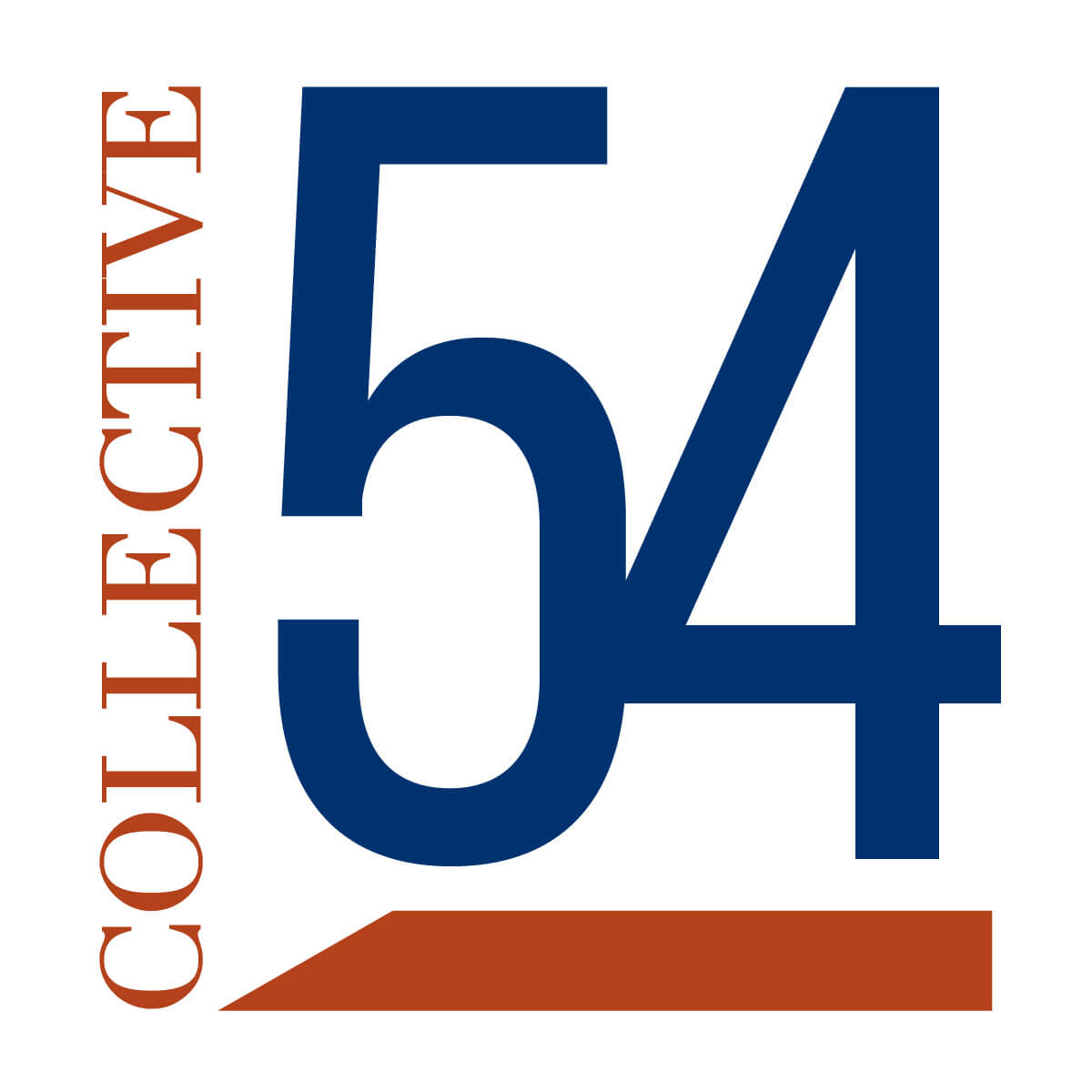Episode104 – How a Mid-Western Social Media Agency Reached Scale Quickly By Launching New Services In A Crowded Market – Member Case with Beth Trejo
Generating new revenue from existing clients is critical to scaling a boutique professional services firm. This requires developing new services based on the needs of your clients. On this episode, Beth Trejo, CEO + Founder of Chatterkick, takes us on a journey of launching a new service line. Beth shares how she identified the client need, validated the opportunity and launched the new service model.


